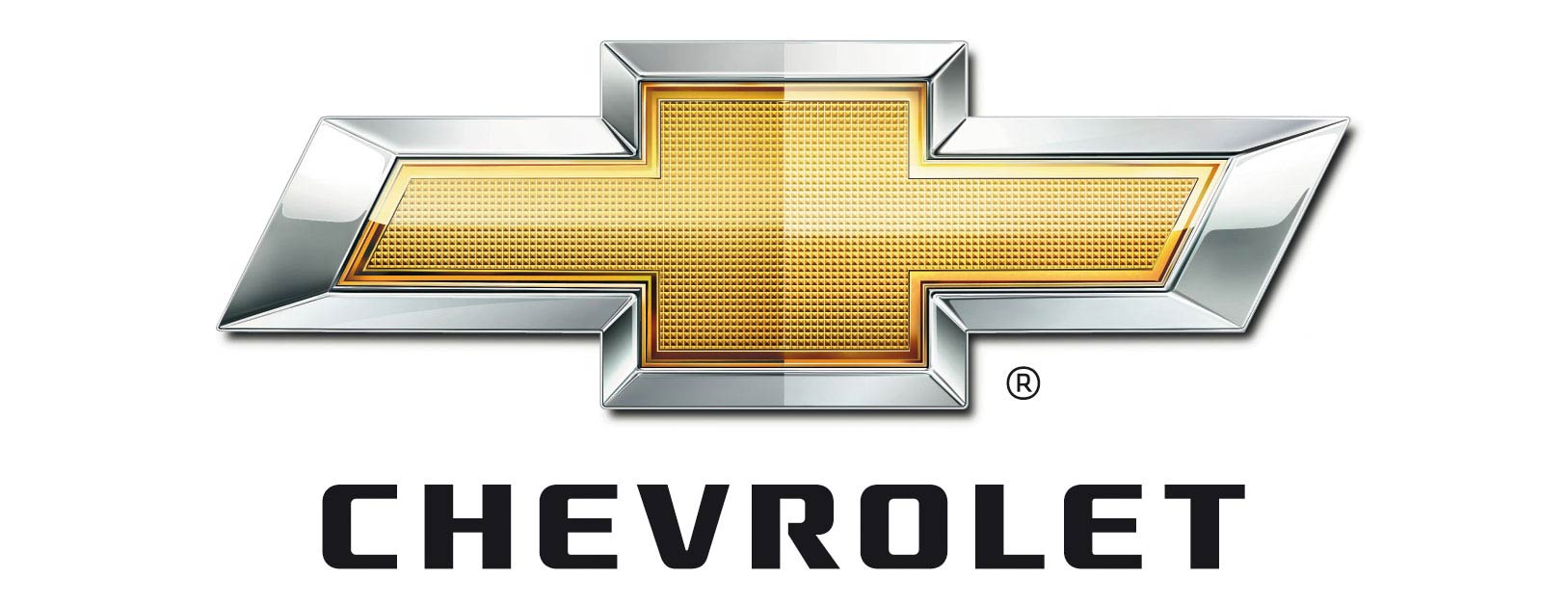During Monday’s announcement by NASCAR regarding the format changes for 2017, everyone from fan to competitor to media member was ready to fly into an outrage. Solid evolutionary changes have not been the sport’s bread-and-butter in recent years, although some changes have since been accepted, like the Chase playoff format and the “Lucky Dog” rule. With that in mind, everyone was ready to fly into a rage.
But after the announcements, in a shocking turn of events, people actually praised the upcoming changes and applauded the direction they carried the sport for the upcoming 2017 season. Maybe it helped that there were multiple drivers involved in the decision, maybe it helped that they came up with a format that places added emphasis on every race this season from Daytona to Pocono. Maybe it helps that these changes will more than likely increase the quality of product that the drivers put on every race.
Any way you look at it, there’s no way NASCAR can lose in 2017, a season that promises to be rife with change and expansion. But a few of these expected changes, it’s hard to see one side without seeing the other. I’m not talking about drivers not gaining bonus points for laps led, making the Daytona Duels points races for the first time since the ’70s, or even the possible elimination of repaired race cars clogging up the racing lane. I’m talking changes like segmenting the races, for example. On one hand, it’ll be fun and interesting to see how the strategies will play out for each segment, as segment winners will get points for each segment win. Also, it’s a good way to make sure the action on the track stays fresh and good. It’s not like the Caution Clock that NASCAR implemented in 2016 for the Camping World Truck Series, so we can be grateful for that.
But at the same time, it’s almost like the entire season is going to be like Charlotte’s All-Star event, only sans field inversion and fan vote. Also, call me a purist, but when a race is advertised as a 400-mile or 500-mile event, shouldn’t it carry on as such? Isn’t the endurance factor one of racing’s biggest draws? Hopefully, they’ll at least just throw a competition caution after each segment instead of just pulling the cars to pit road for a few minutes.
Let’s also look at the points. As mentioned before, it’s great how drivers will now have to race for every point at every race instead of just using the regular season as a science project instead of going out there and fighting for every spot. It robs the sport of its integrity when you have a guy who has already won this season turn into a stroker in order to experiment with the car.
Now, we’ll have one point for the segment winner, five points for the race winner (first-place earning a maximum of 15 points per race), second-place earning nine points (a maximum of 10 points to earn), and third through 10th a one-point deficit from eight points all the way to one point. It still implies that when all is said and done, the best driver will still win the championship even with the playoff system (“Chase for the Cup” is no longer a valid term) in place.
But if I’m understanding this right (correct me if I’m wrong, please), we could look at situations where the biggest point winner wasn’t the race winner, and to me that makes no sense. To the victor should go the spoils. It’s their day. Why should the big winner by the guy in third? It doesn’t make any sense except for in a championship finale situation. Otherwise, why?
Those are just two things that raise questions, and to be quite honest…they’re the only two things. Even then, they have potential to bring NASCAR back to being a bare-bones sport, where racers can do what they’re paid to do, and that’s win. Not to experiment, not to stroke, but to go for the win and that’s what should make up a motorsport.
The collaboration that took place to get these changes into fruition was unprecedented. Drivers, owners, sponsors, track owners, television networks, and NASCAR brass all put their heads together and came up with some simple ideas that could benefit the sport and bring up the viewership ratings. It’s a win-win situation, and we’ll see just how big of an impact these changes will make starting in February.
So for all this complaining and all this caterwauling, my only advice is to wait until the green flag drops at Daytona before a judgement call is made. Don’t make empty threats to leave the sport, don’t turn that dial, don’t burn your merchandise. We’re fortunate enough right now to see the evolution of NASCAR taking place right this very moment, and that’s not something to take lightly.







